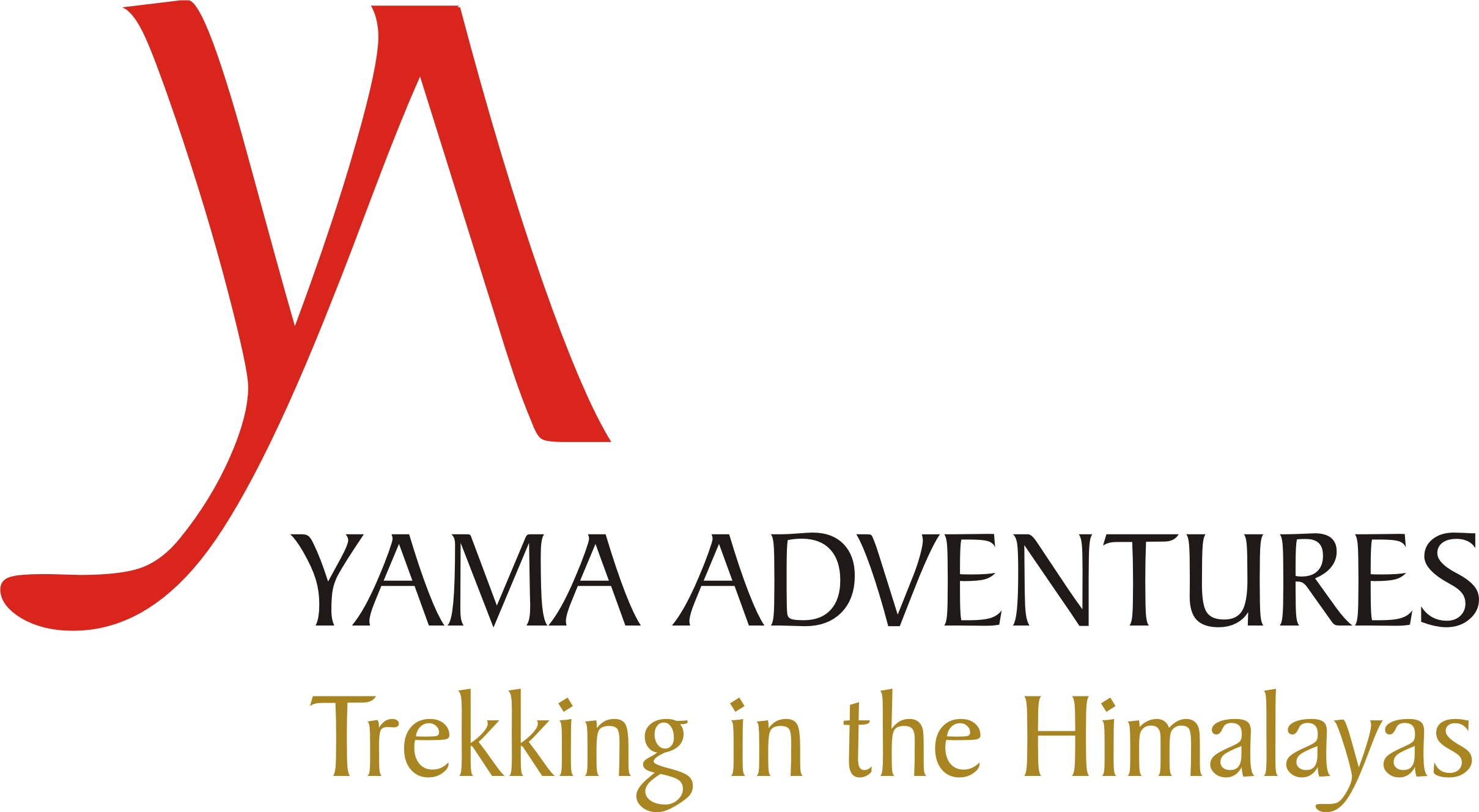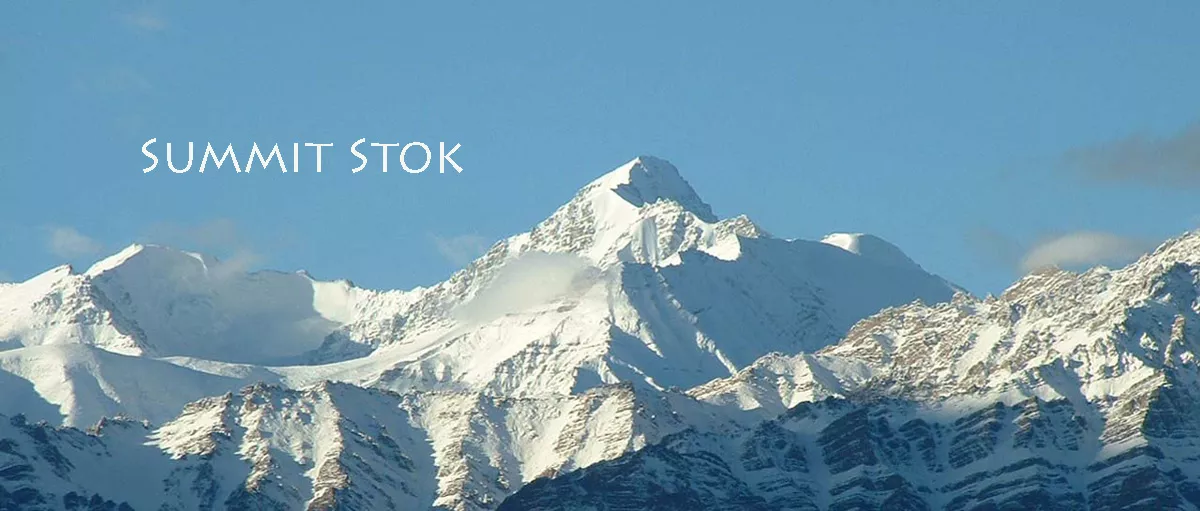
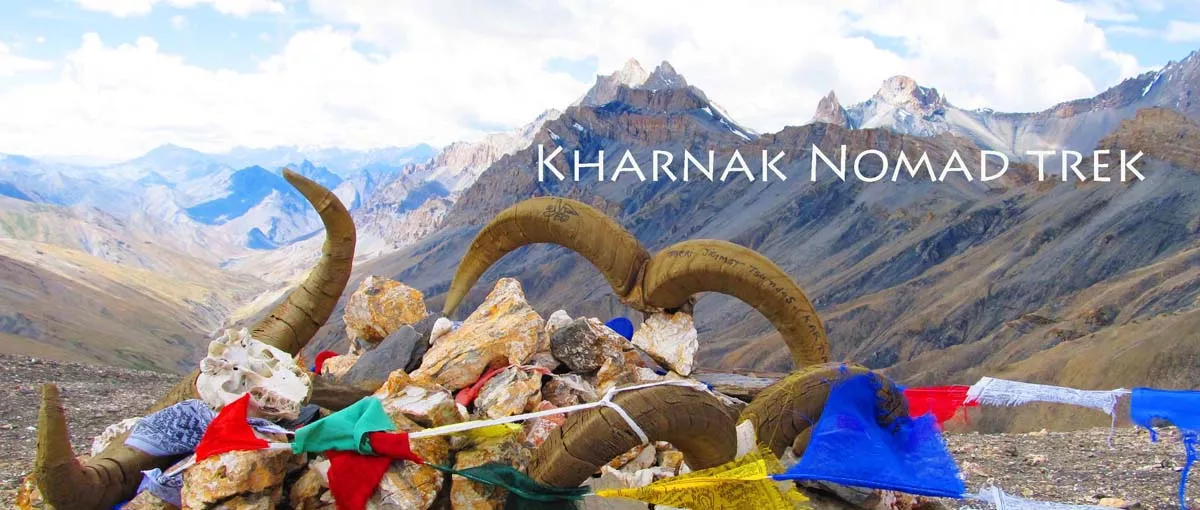
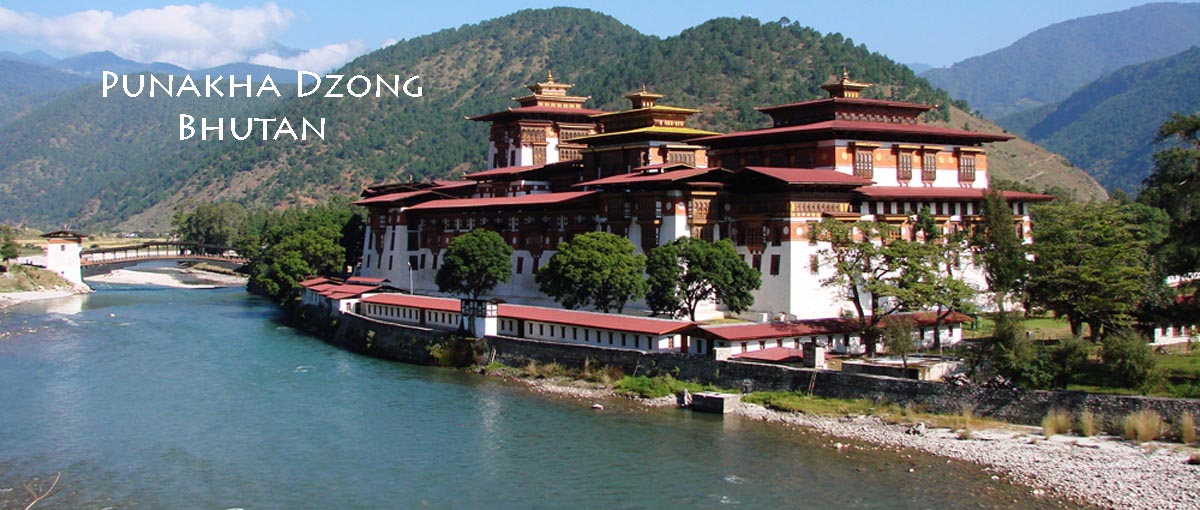
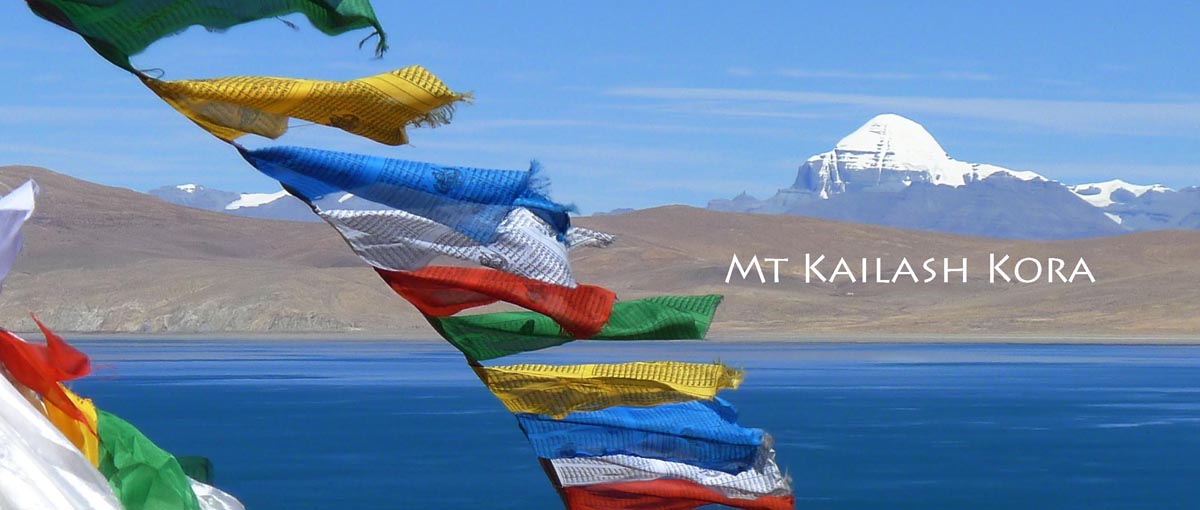
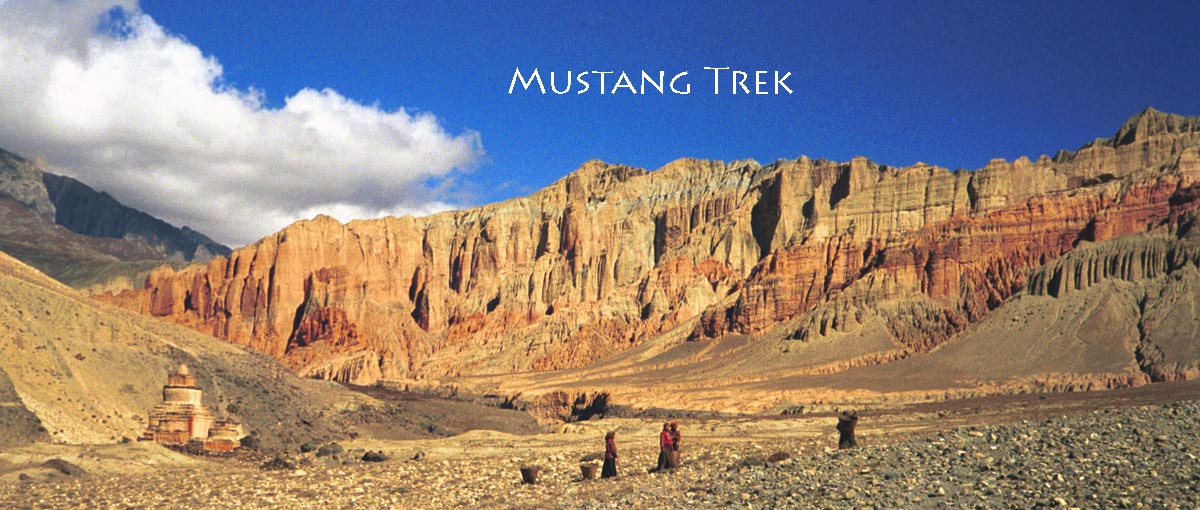
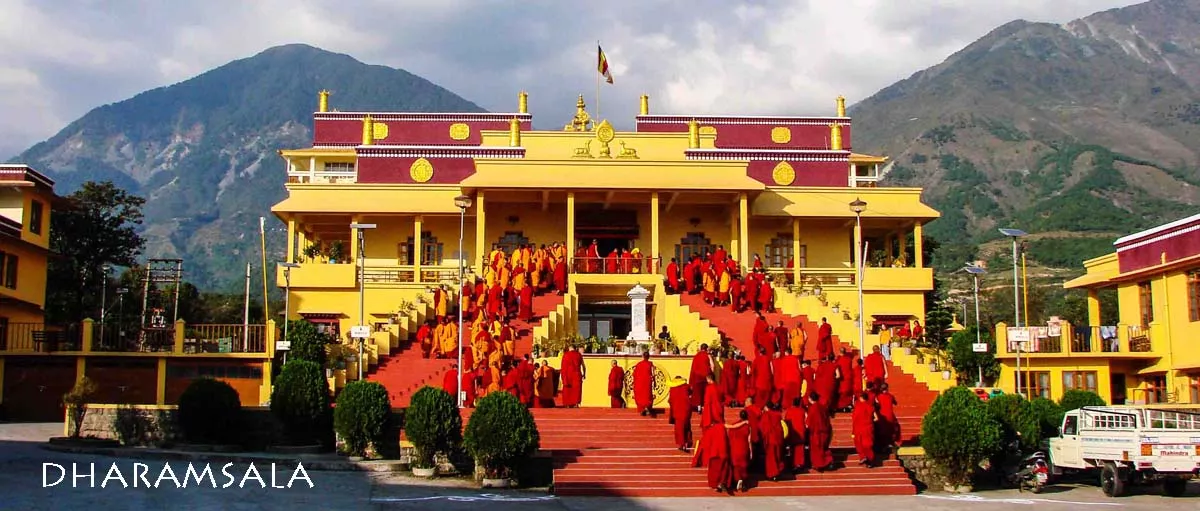
Trekking in the remote Himalayas offers the adventuresome traveler the opportunity to experience high altitude hiking and camping in a pristine environment, while observing ancient cultures thriving without the modern conveniences that we find so necessary. After several days on the trail you will find that your stress and worries from back home are melting away as your mind opens up to take in all the new sights and sounds. The indescribable feelings of magnificence and grandeur that flow over you as you reach the prayer flags on the high mountain passes, and look out over far away vistas, make the breath-taking ascents all the more worthwhile. After the trek, you will usually feel a great sense of accomplishment, and a new perspective about your ability to overcome difficult situations.
Trekking in Ladakh is more up close and personal than the mainstream style of trekking practiced in other areas of the Himalayas in that the trekking crew is much smaller due to of the use of horses rather than porters to carry the gear. This style of trekking evolved from the ancient caravan tradition where animals where used to transport the goods and baggage. Your crew will be adequately staffed based on the size of your group. An English-speaking local guide will accompany you on the trail and in camp.
A typical trekking day starts with wake-up tea or coffee at your tent door. A pan of hot washing water soon follows. As you clean up and stow your personal gear in your duffel bag, the cook prepares a hearty breakfast. After that last cup of coffee or tea, it is time to start the morning activity, which is usually hiking to the next campsite. You shoulder your small daypack with your full water bottles and follow the guide out of camp and onto the trail. Meanwhile the crew washes the dishes, breaks down the camp, and loads the horses.
The days hike proceeds at a leisurely pace so there is plenty of time to rest, take pictures, or marvel in the many unique sights along the trail. About mid-day we stop in a pleasant place to eat the box lunches that were prepared by the cook that morning. The use of box lunches allows great flexibility in when and where we stop for the lunch break.
The length of the afternoon hike varies from day to day depending on the distance and difficulty of the trail between campsites. Generally we try to arrive at the next campsite by mid to late afternoon, so that you have time to explore around camp or rest and relax before dinner. On some treks there might be shorter days or even a rest day.
Trekking in areas outside of Ladakh usually involves the more traditional style of trekking with large crews and the use of both pack animals and porters. The typical trekking day as described above will be much the same.
Must Have Items:
____ Valid passport
____ Indian visa
____ Round trip airline tickets
____ Hiking boots
____ Duffel bag and day pack
____ Two extra passport photos (for permits)
____ Trip payment fees and personal expense money
____ Medical check-up, to include inoculations and prescription medicines
Clothing and Equipment:
Because of the extreme weather conditions, and the rugged Ladakhi topography, it is very important that you have proper and appropriate clothing and equipment for your trip. You should begin well in advance of your trip to acquire and assemble all of the clothing and equipment listed below:
Clothing:
____ down jacket
____ fleece jacket or warm sweater (wool)
____ outer rain and wind suit (top and pants)
____ brimmed hat
____ stocking cap
____ gloves
____ 2 large bandannas or scarf
____ 2 long skirts (for women if desired)
____ 3 pair long pants
____ 1 pair shorts
____ long underwear (polypro, top and bottom)
____ 2 long sleeve shirts
____ 4 T-shirts
____ 4 pair heavy socks
____ 5 pair liner socks
____ 4 or more sets underwear
____ bathing suit
____ hiking boots (medium to heavy weight, deep tread bottom, fully broken-in)
____ tennis shoes
____ river sandals or rubber river shoes (optional for stream crossings)
Equipment:
____ duffel bag (suitable to hold all of your personal trekking gear)
____ day pack
____ sleeping bag (suitable to 0 degrees Fahrenheit)
____ 2 plastic quart water bottles (must withstand boiling water)
____ sunglasses (high quality to withstand intense UV and infrared light)
____ flashlight (with extra batteries)
____ headlamp (with extra batteries)
____ waterproof nylon stuff sacks (to organize gear and clothing)
____ small pocket knife
____ writing pens
____ toilet paper (at least three rolls)
____ sunscreen
____ extra locking duffel bag (to store clothes in hotel)
____ towel (quick drying)
____ toilet kit with soap, toothbrush & paste, shampoo, lip balm, other personal toiletries
____ hand wipes (enough to last the entire trip)
____ small repair kit (tape, thread, extra boot laces, safety pins)
____ spare eyeglasses
____ mosquito repellent (for use in Delhi)
Optional equipment:
____ camera, batteries
____ small sleeping pillow
____ paperback book
____ journal
____ small binoculars
____ hiking poles
YAMA Adventures is committed to responsible tourism, through its policies and practices which permeate all aspects of its business. The company’s policies aim to ensure that Yama Adventures and its clients act in a way which is socially, environmentally and culturally sound. We feel strongly that all our holidays should benefit the local communities, protect the environment by minimising pollution, and respect local traditions, religion and heritage. We tread lightly - low volume, low impact trekking/touring is the best way of preserving the beautiful and fragile places we visit.
